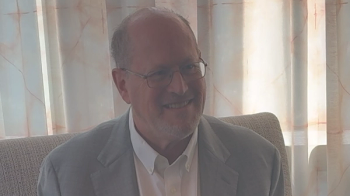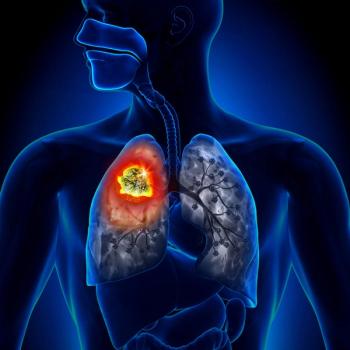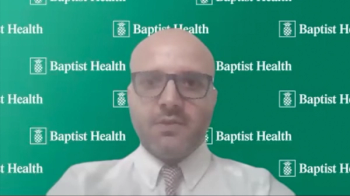
Radiation From Cellphones Unlikely to Raise Cancer Risks
Typical cell phone use is unlikely to cause cancer via radiation exposure, according to government researchers.
Typical cell phone use is unlikely to cause cancer via radiation exposure, according to government researchers.
Also, a new report suggests that high exposure to radiofrequency radiation in rodents resulted in tumors in tissues surrounding nerves in the hearts of male rats, but not in female rats or any mice, according to two draft studies from the National Toxicology Program (NTP).
Jeffrey Shuren, MD, JD, director of the US Food and Drug Administration’s Center for Devices and Radiological Health, commented on the NTP draft report: “Based on our ongoing evaluation of this issue and taking into account all available scientific evidence we have received, we have not found sufficient evidence that there are adverse health effects in humans caused by exposures at or under the current radiofrequency energy exposure limits. Even with frequent daily use by the vast majority of adults, we have not seen an increase in events like brain tumors. Based on this current information, we believe the current safety limits for cell phones are acceptable for protecting the public health.”
The exposure levels used in the NTP studies were equal to and higher than the highest level permitted for local tissue exposure in cell phone emissions today. Cell phones typically emit lower levels of radiofrequency radiation than the maximum level allowed.
The draft conclusions were released today as two technical reports, one for rat studies and one for mouse studies. NTP will hold an external expert review of its complete findings from these rodent studies March 26–28, 2018.
The incidence of malignant schwannomas that were observed in the heart increased in male rats as they were exposed to increasing levels of radiofrequency radiation beyond the allowable cell phone emissions. The NTP reports also point out statistically significant increases in the number of rats and mice with tumors found in other organs at one or more of the exposure levels studied, including the brain, prostate gland, pituitary gland, adrenal gland, liver, and pancreas. However, the researchers determined that these were equivocal findings and it was unclear if any of these tumor increases were related to radiofrequency radiation.
“The levels and duration of exposure to radiofrequency radiation were much greater than what people experience with even the highest level of cell phone use, and exposed the rodents’ whole bodies. So, these findings should not be directly extrapolated to human cell phone usage,” said John Bucher, PhD, NTP senior scientist.
He noted that the tumors seen in these studies are similar to those previously reported in frequent cell phone users.
“Looking at the results in animals, the conclusions still require careful discussion, as our preliminary understanding of the NTP results is that the study found mostly equivocal, or ambiguous, evidence that whole body radiofrequency energy exposures given to rats or mice in the study actually caused cancer in these animals. There are additional unusual findings from the study, such as the exposed rats living longer than the control group rats, that we are assessing to understand how that may be relevant to the results,” said Schuren.
Newsletter
Stay up to date on recent advances in the multidisciplinary approach to cancer.



















































































